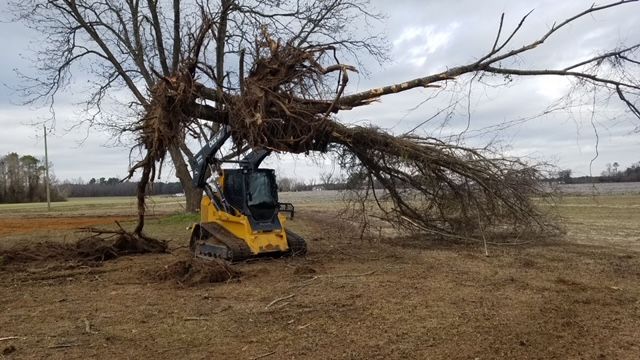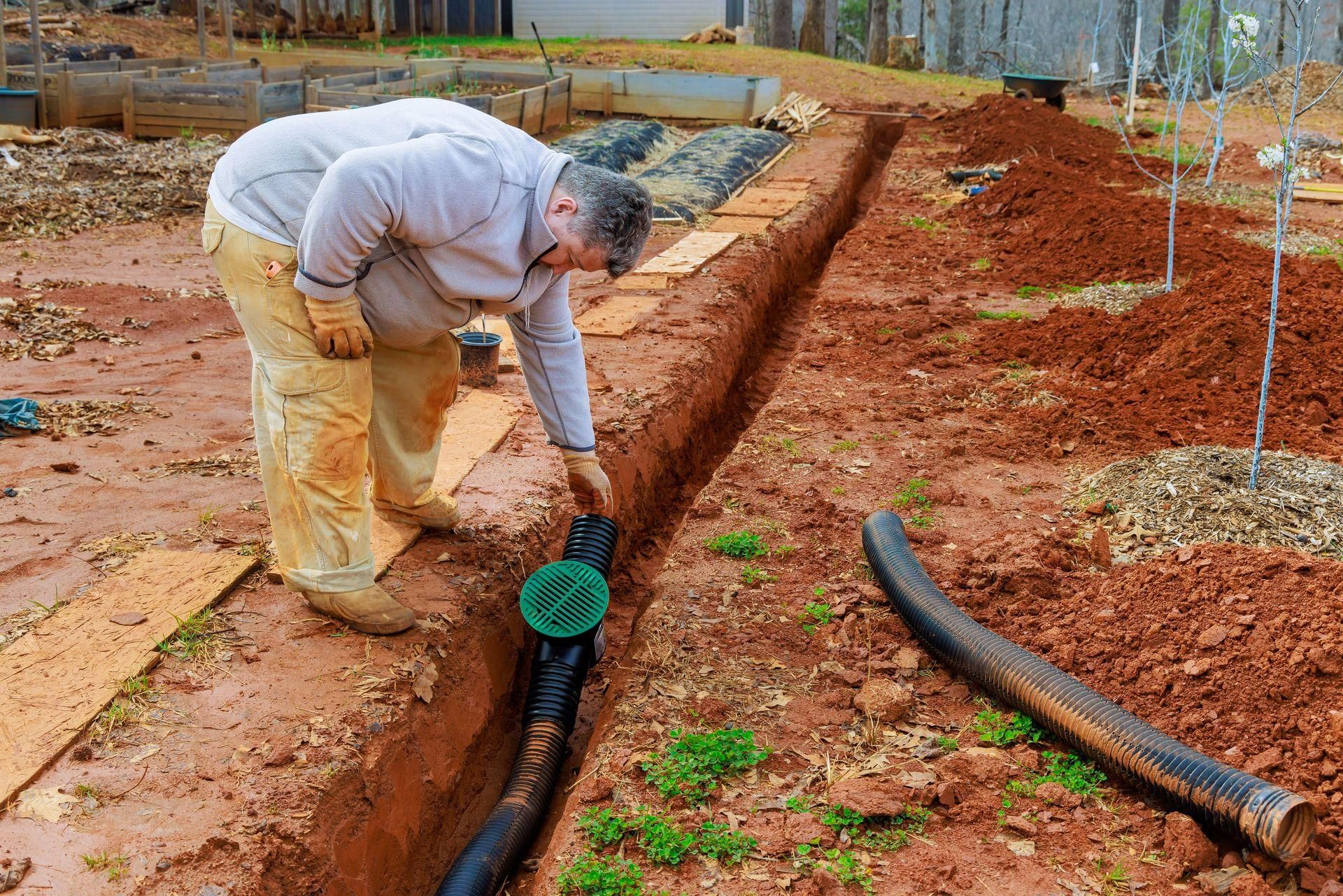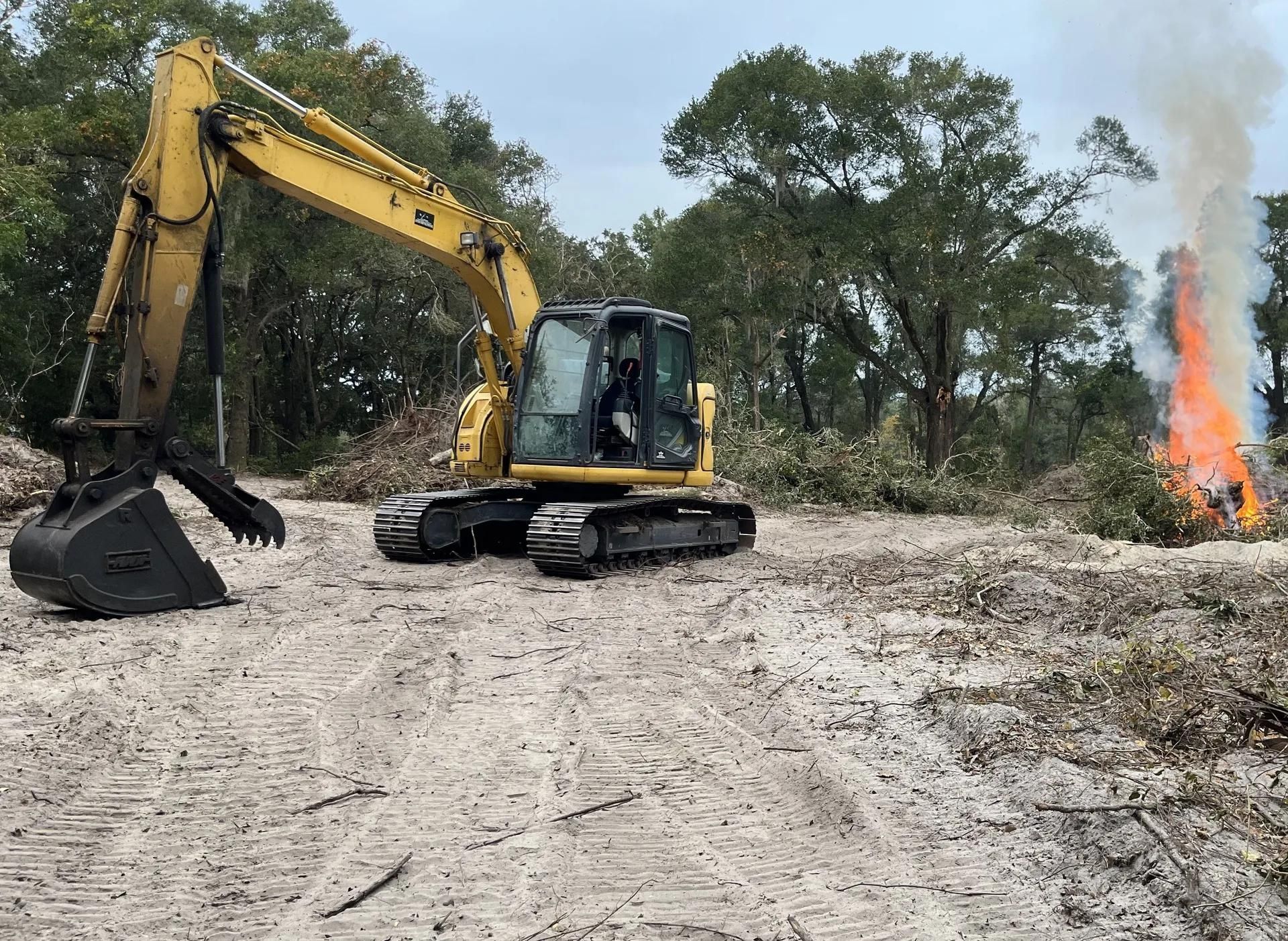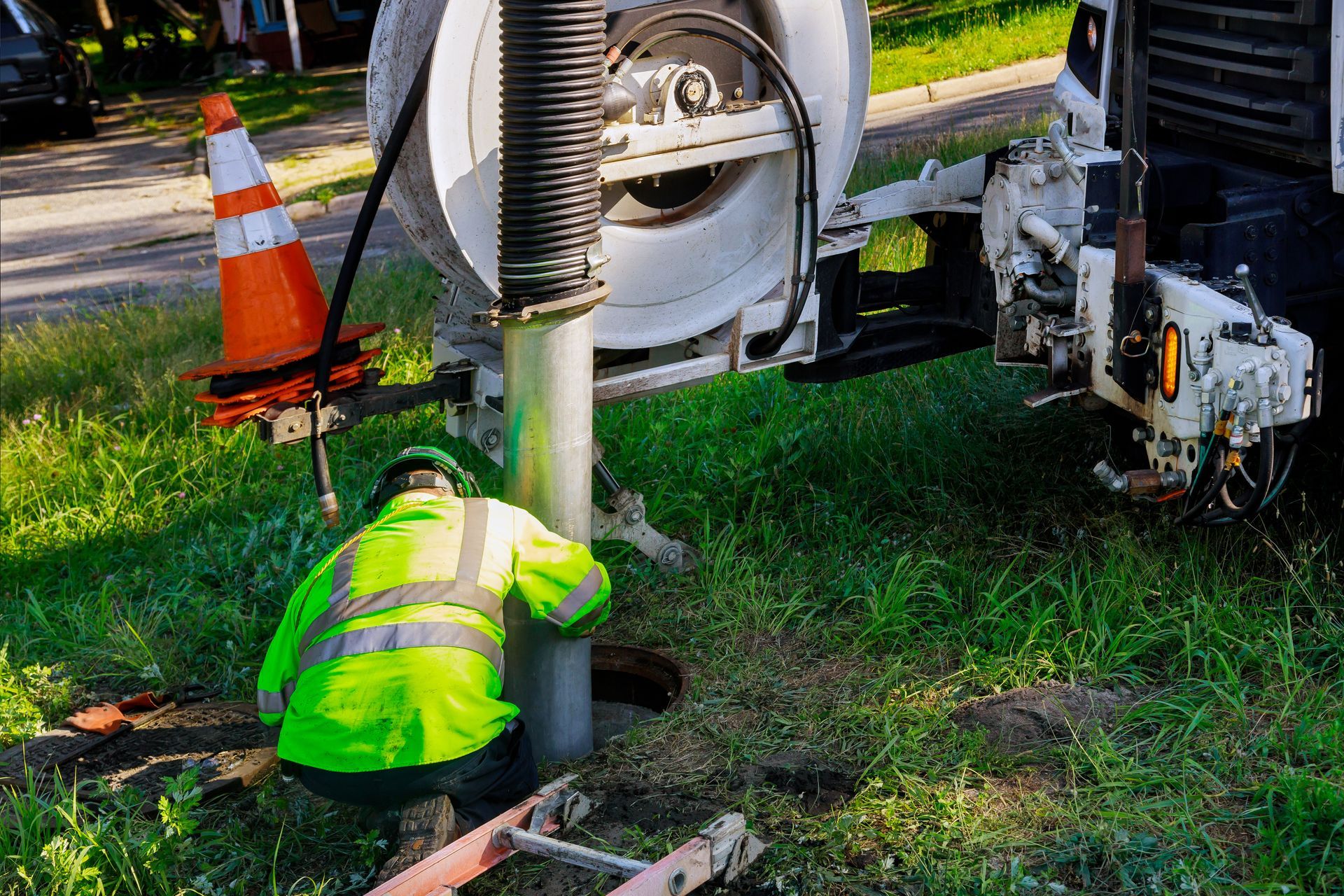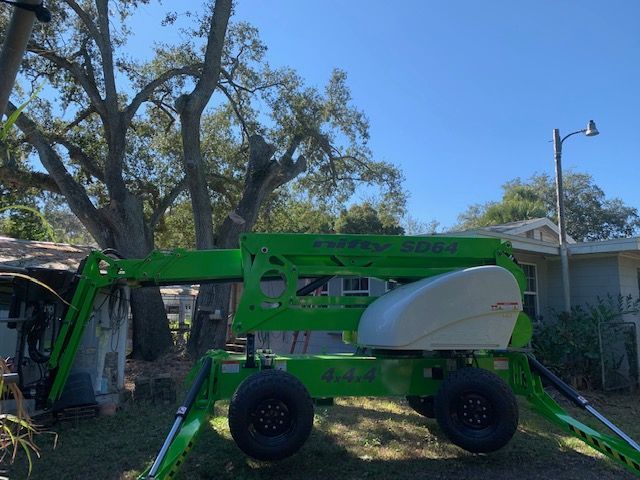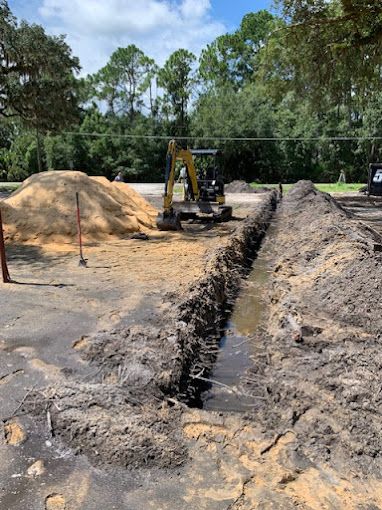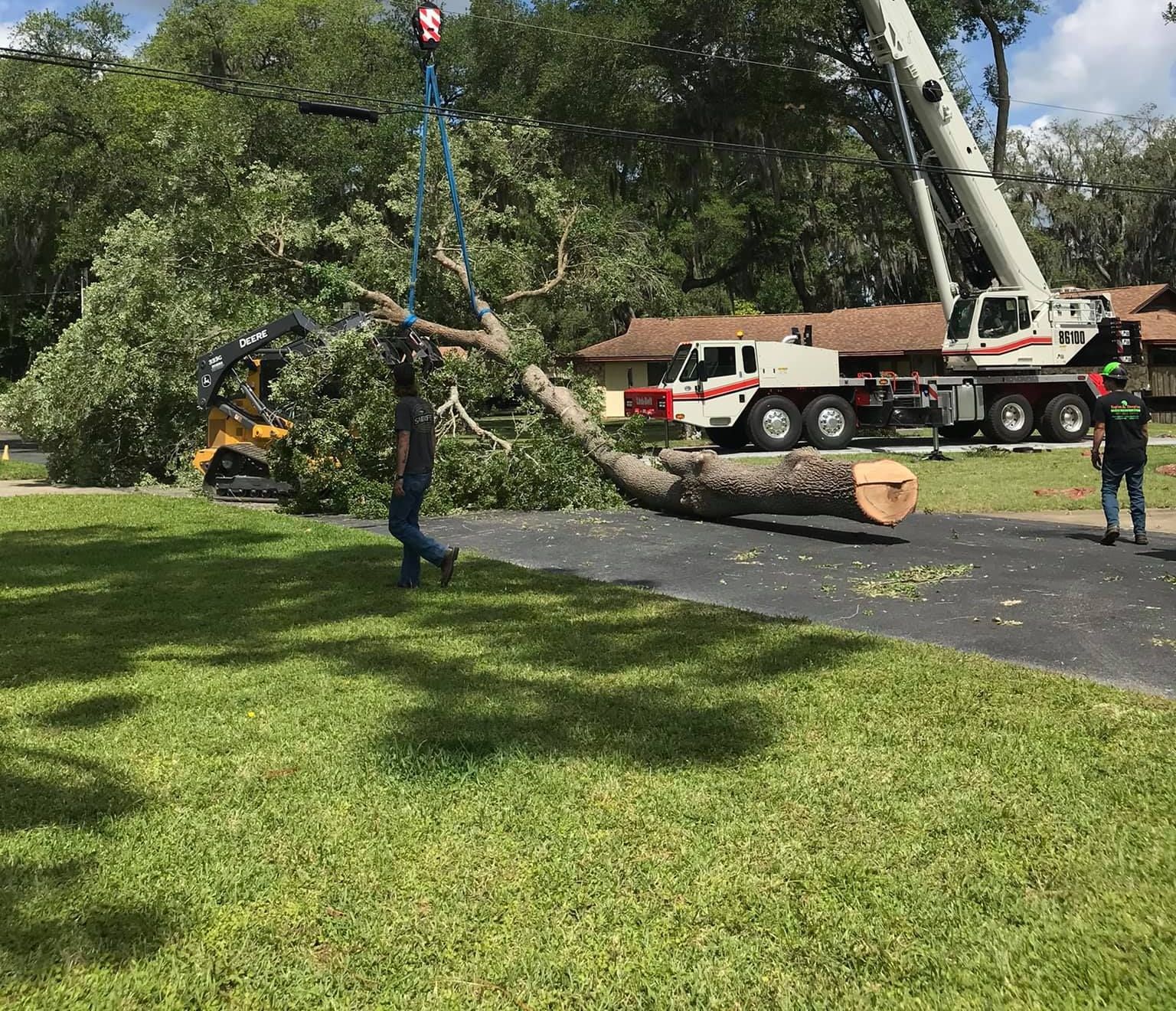Dirt Removal: The Complete Guide to Clearing Your Land
Clearing your land might seem simple at first, but once you’re faced with piles of dirt, debris, and leftover materials, it can quickly feel overwhelming. From building a shed to redoing your yard or cleaning up after demolition, dirt removal is a key step to getting your space ready for the next project.
So, where do you begin? What tools will you need? And what should you do with all that dirt once it’s removed? This guide will cover everything you need to know to clear your land the right way—without the stress.
What Is Dirt Removal?
Dirt removal is the process of clearing unwanted soil, debris, and leftover materials from your property. While it might seem simple, it’s an essential step in getting your land ready for new projects.
Here are some situations where you might need dirt removal
- Construction projects – Building a shed, driveway, or new addition often leaves you with piles of dirt, concrete, or construction waste.
- Landscaping work – If you’re leveling your yard, starting a garden, or adding gravel, you’ll likely have extra soil or sod to remove.
- Renovations and demolitions – Tearing down an old fence, breaking up walls, or clearing a shed leaves behind materials like bricks, wood, and debris.
Why is dirt removal so necessary?
- Improves safety – Piles of dirt, metal, and scattered waste can be hazards, making your property unsafe for you, your family, or workers.
- Boosts appearance – A clean, clear space makes your property look well-kept, especially if you’re selling or upgrading your lawn.
- Creates usable space – Clearing away extra dirt and junk gives you room to build, plant, or simply enjoy your property without clutter in the way.
Many removal services focus on recycling, donating, or reusing materials like topsoil, mulch, or organic matter to keep things environmentally friendly.
How to Plan Your Land Clearing Project
Before you start digging or renting heavy equipment, you need a solid plan to make dirt removal simple and stress-free. Here’s how you can tackle it step by step.
1. Look at Your Land
Start by checking your property closely.
What needs to go? Are you just removing dirt, or is there debris like rocks, tree roots, or leftover construction waste? You can choose the right tools or removal services if you know what you're dealing with.
Watch for obstacles. Look for fences, pipes, or anything underground that could get in the way. You don’t want to damage a utility line or crack your driveway.
Think about accessibility. Can a truck, trailer, or loader reach the area? If not, smaller tools might be your best option.
Quick Tip:
If you have extra topsoil, gravel, or sand, reuse it for your garden or driveway instead of hauling it to a landfill.
2. Check Local Rules
Before you start hauling dirt, make sure you’re following the rules.
You might need permits. Some areas require permits for large dirt removal or clearing trees, especially if you’re handling construction waste or demolition waste.
Watch for zoning rules. If you plan to build a shed, lay a driveway, or redo your lawn, zoning laws could limit what you can do.
Dispose of waste properly. Local laws often require you to recycle green waste like mulch, wood, or leaves and keep hazardous waste out of landfills.
Quick Tip:
Call your local waste management office or a junk removal company to ask about permits, disposal rules, and free estimates for the job.
3. Pick the Right Dirt Removal Method
Now that you know what’s on your land and have the green light, it’s time to choose how you’ll clear it.
DIY for Small Jobs: If you’re clearing a garden, removing a bit of fill dirt, or hauling a few cubic yards of dirt or debris, you can do it yourself. A pickup truck, a shovel, and a little sweat can go a long way.
Hire the Pros for Big Jobs: For bigger projects—like leveling land, removing heavy dirt, or dealing with construction waste, concrete, or rocks—it’s best to hire a professional removal service. They have the trucks, loaders, and tools to clear everything fast.
Think about where the dirt will go. Do you need a dumpster rental, or will you take the dirt to a landfill? Many removal services will handle both hauling and disposal, which can save you time.
Quick Tip:
Choose a company that recycles green waste, wood, and other materials. It’s better for the environment and can help reduce your cost.
The Most Common Dirt Removal Challenges (And How to Solve Them)
Not Having the Right Tools for Big Jobs
A shovel and a wheelbarrow are no match for a mountain of dirt. Moving large amounts requires tools like a loader, trailer, or pickup truck. Hiring a dirt removal service with the right equipment for tricky spots like narrow yards or steep driveways can save time and stress.
Dealing with Disposal Rules and Regulations
You can’t just dump dirt anywhere. Local laws often classify dirt as construction waste, especially if it’s mixed with debris like brick or concrete. Some landfills may even require a soil test for contamination.
To avoid fines, check local drop-off sites or recycling centers. If the dirt is clean, you can reuse it for landscaping or leveling or offer it as fill dirt for nearby projects.
The Costs Add Up Fast
Dirt removal isn’t free. You need to factor in:
- Hauling Fees: Renting a trailer or hiring a removal service.
- Dumping Costs: Landfills charge by weight, and dirt is heavy.
To save money, get free estimates, donate clean dirt to neighbors or farms, or find projects that need fill dirt.
Mixed or Contaminated Dirt
If your dirt is mixed with wood, metal, or debris, it’s harder to dispose of. Contaminated dirt with chemicals or hazardous materials requires special handling, which costs more.
Tip:
Separate organic matter like mulch and leaves to keep disposal simple and affordable.
Accessibility Challenges
Hard-to-reach areas—like tight yards or fenced-in spaces—make dirt removal tricky. Smaller equipment like mini-loaders can help, or you can hire pros who specialize in working around tough spaces.
It’s a Lot of Work
If no one has told you yet, dirt removal is tough. Digging, hauling, and dumping take time and energy. If you’re short on help, hiring a junk removal company can save you the hassle and get the job done quickly.
Dirt Removal Methods: The Best Way to Clear Your Land
When dealing with dirt, your method depends on how much soil needs to go and how quickly you want the job done. Let’s break it down into the most common ways to remove dirt—a small job in your backyard or a large-scale project.
1. Manual Dirt Removal: Great for Small Projects
If you’re working on a smaller area, like clearing a garden, fixing a flower bed, or leveling a small patch of land, you don’t need much more than a few basic tools.
Grab a shovel and a wheelbarrow, and you’re set.
It’s cheap and straightforward, but it requires a lot of physical effort.
Tip:
Don’t overfill your wheelbarrow. It might seem faster, but your arms—and your back—will regret it.
Manual removal works best for tight spaces and light jobs where heavy equipment doesn’t make sense.
2. Heavy Machinery: Perfect for Big Jobs
When you’ve got a lot of dirt to move, heavy machinery is the way to go. Whether you’re prepping for a new house, or driveway, or grading a large yard, these machines handle the heavy lifting:
Excavators:
Great for digging and lifting large piles of dirt.
Bulldozers: Ideal for pushing dirt across a big area and leveling the ground.
Loaders: These scoop the dirt up and load it into trucks for quick removal.
Heavy machinery makes the job faster and easier, especially if the dirt pile looks like a mountain.
Hire professionals to operate these machines safely and get the job done right.
3. Dump Trucks and Hauling: Taking the Dirt Away
Once you’ve moved the dirt, you need a plan to get it off your property. This is where dump trucks and hauling services come in.
They load up the dirt and take it to a proper disposal site.
Check local rules—some areas have specific places for dirt and may require permits.
Bonus:
If your dirt is clean and usable, you might be able to sell or donate it as “fill dirt.”
Hauling services are a huge time-saver when you have more dirt than you know what to do with. It’s worth it for big projects where moving it yourself just isn’t practical.
How to Choose the Right Dirt Removal Service
Picking the right dirt removal service can save you time, money, and a lot of hassle. Here’s how to find the best fit for your project without overthinking it.
Look for Experience
You want a team that knows how to handle dirt, gravel, and even construction waste without cutting corners.
Ask how long they’ve been in the business.
Make sure they’ve handled jobs like yours before—whether it’s clearing topsoil, debris, or heavy dirt piles.
Experienced crews get the job done faster and leave fewer headaches behind.
Understand Pricing
Before hiring, get a clear estimate—no surprises later.
Ask what’s included: loading, hauling, and disposal.
Find out about extra charges for tricky jobs like hazardous waste or tight spaces.
Tip: The cheapest option isn’t always the best. Look for fair pricing and good service.
Go Eco-Friendly
If you care about the environment, check where the dirt and waste end up.
Choose services that recycle materials like concrete, wood, and metal.
Some companies donate fill dirt or compost for reuse in local landscaping and garden projects.
This keeps unnecessary waste out of landfills.
Ask the Right Questions
Before you hire, ask:
Do you provide free estimates?
How do you handle disposal and recycling?
Are there any extra fees?
How long will the job take?
A good company will answer clearly and not leave you guessing
Check Reviews
Don’t skip this step. Look for:
- Online reviews about their price, work quality, and cleanup.
- Customer feedback on jobs like junk removal, dirt hauling, or yard projects.
If a company has happy customers, you’re on the right track.
Tips for a Smooth Dirt Removal Project
Clearing dirt doesn’t have to be a headache. With a bit of planning, you can keep things simple and stress-free. Here’s how to make it happen:
1. Figure Out How Much Dirt You Have
Before you get started, check your property and estimate the amount of dirt to remove.
Measure the area and note how deep the soil goes. If you’re unsure, a dirt removal pro can help you assess the job. Knowing what you’re dealing with makes planning a whole lot easier.
2. Hire the Right Experts
For bigger projects, calling in the pros is a smart move. They have the tools, like excavators and trucks, to handle heavy loads. Experts work faster, safer, and save you a ton of effort. It’s worth it when you’re dealing with large piles or tight spaces.
3. Check for Permits
Don’t forget to check local rules before you start. Some areas require permits for hauling or dumping dirt. A quick call to your city office can save you from unexpected fines.
4. Plan Where the Dirt Will Go
Think ahead about what to do with the dirt: Recycle it for landscaping or construction. Drop it at a local dump site (some may charge a fee). Sell or donate fill dirt if it’s clean—many people will gladly take it. Your dirt doesn’t have to go to waste.
Why Professional Dirt Removal Is the Smart Choice
Save Time and Avoid the Hard Work
Clearing dirt isn’t a simple job—it takes a lot of time and effort. Professionals know how to get it done quickly and efficiently. Instead of spending days digging and hauling, you can leave it to a team that’s ready to handle the heavy lifting.
Speedy Service.
Support for Local business
The Right Tools Make All the Difference
Dirt removal requires more than a shovel and wheelbarrow. Professionals come with equipment like excavators and dump trucks to move large amounts of dirt fast. Whether it’s a small yard or a big lot, they have the tools to handle any project with ease.
No Stress Over Proper Disposal
You can’t just drop dirt anywhere—there are rules about where it can go. Professional crews know how to dispose of it legally and safely. They take care of all the details, so you don’t have to worry about fines, permits, or finding a place to dump it.
Support for Local Business
Hiring a local dirt removal company means you’re supporting businesses in your community. These companies care about their reputation and customers, so you can expect great service and reliable results. Plus, keeping it local helps your community thrive.
Frequently Asked Questions
How to remove dirt stain?
To remove a dirt stain, start by shaking or brushing off as much loose dirt as possible. Rinse the stain with cold water, as hot water can set it. Apply a small amount of liquid laundry detergent or dish soap directly to the stain, then gently scrub it with a soft brush or cloth. Rinse with cold water and repeat the process if needed. Once the stain is mostly gone, wash the fabric as usual. For tougher stains, let the soap sit for a few minutes before scrubbing.
What is the process of removing dirt?
The process of removing dirt is called cleaning. It involves getting rid of unwanted substances that end up on surfaces. Dirt can cause poor hygiene and slippery surfaces and make things look messy or unappealing.
Ready to Clear Your Land the Right Way?
Dirt removal is an essential part of clearing your land and preparing it for what’s next. From hauling away debris to leveling uneven ground, a clear plan and the right help can make the process simple and stress-free.
At
Top’em & Drop’em Tree Solutions & Land Management, we specialize in tree care, stump removal, dirt work, land grading, land clearing, drainage installation, and site prep to prepare your land for any project.
Contact us today to get started.
